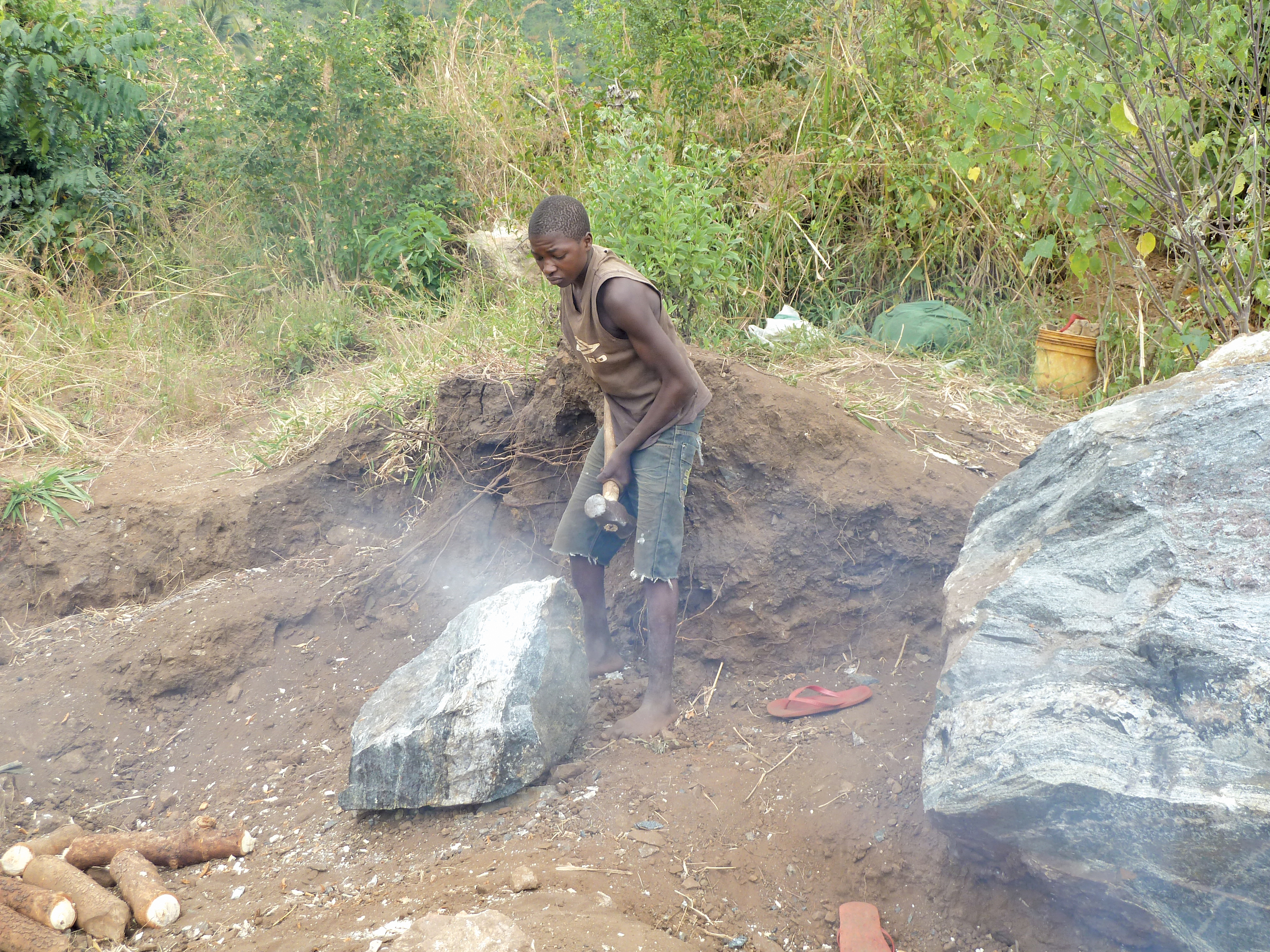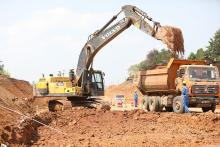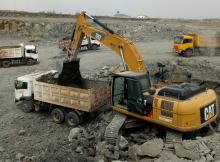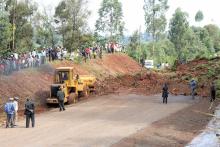
Following a serious accident, concerns have been raised over the lack of regulatory framework to govern quarry operations in East Africa. Shem Oirere reports
The collapse of a quarry mine in Tanzania early in April in which at least 14 people were killed has forced Tanzania mining authorities back to the drawing board.
It has also raised concerns over the lack of regulatory framework to govern quarry operations in East Africa, particularly in Kenya.
In Tanzania, government mining experts have been dispatched to the site of the collapsed quarry in the northern part of the country, 9km from Arusha, to evaluate the collapsed quarry, which is the second such site to cave in, killing quarry miners.
Quarrying was banned at the site in 2006 after a similar incident killed at least seven people.
Tanzania Prime Minister Mizengo Pinda has announced a moratorium on all quarry operations at Mosho-Terrat until the team formed by the government assesses the accident site and submits a detailed report on the accident, which was also condemned by the country’s President Jakaya Kikwete.
“We are temporarily closing the quarry until we lay down proper and safe procedures of excavation,” Pinda said.
The experts, whose names could not immediately be provided by the office of the Prime Minister, and which is probing the causes of the tragedy, is also expected to point out in their report which safety issues should be addressed in Tanzania’s quarry operations.
In addition, the experts have been asked to propose ways of fast-tracking the reopening of the quarry, which the Prime Minister said is a source of livelihood for many jobless youths in northern Tanzania.
Initial investigations indicated the quarry site caved in on a group of people who were digging for sand and building materials. Two trucks, one of which was being loaded with building stones and the other with sand, were covered by mounds of earth during the incident as heavy rains pounded the area.
Arusha city Mayor Gaudence Lyimo said part of the quarry is owned by the Arusha city. She said the city does not have an adequate disaster management strategy to respond to such disasters.
Member of Parliament Godbless Lema has now called for clear guidelines on quarrying activities in Tanzania saying the country lacks regulations for excavating construction materials, hence posing a danger to excavators and sustainability of the quarries.
“I think it is high time the government set policies which would ensure security at mining sites, especially those which are found in municipal councils and village lands,” Lema said.
The concerns about safety of quarries in Tanzania come only two years after authorities in neighbouring Kenya received the first report from the National Environmental Management Authority on the state of at least 60 of the country’s largest quarries.
The report said the country lacks regulatory framework for the management of quarries, which has created opportunities for dangerous operations that are blamed for the loss of lives, especially during the rainy season.
Many of the inspected quarries had no water or toilets, and workers had no protective gear.
“Works take place in high vertical cliffs, and risky transport and tunnelling make the sites unsafe,” the report reveals.
The report calls for moves to simplify the Environment Impact Assessment (EIA) procedures to make it affordable and cheap so as to encourage compliance.
Except for big quarry owners such as Bamburi Cement and East Africa Portland Cement, other quarry owners are blamed in the report for land degradation and failure to rehabilitate the quarries when they are exhausted.
According to a South Africa-based sustainable development organisation, Kenya’s mining activities “have not been coordinated very well as there are so many small artisanal mining groups that do not adhere to environmental policies and guidelines.”
The organisation says: “Due to lack of a clear legal framework governing mining in Kenya, many accidents have been experienced especially in small mining activities undertaken by individuals without the skill or capacity to undertake the activities.
“For instance, in Nyanza province, gold mines have claimed many lives of people in circumstance of collapse of mining shafts or stones falling on workers who are quarrying. Although these cases get reported, nothing is done to ensure no reoccurrence.”
It also calls for relocation of quarry mines from near schools, railways, roads, homes and rivers as a response to complaints by residents of these areas that the uncontrolled and illegal blasting creates dust and formation of water ponding in pits.
The booming real estate and road construction sectors have catalysed the opening of several unregulated quarry operations across Kenya with experts warning the trend is likely to continue.
“The more housing and road construction that we will do the more the demand will be for stone quarries,” says Steven Oundo, the chairman of Architecture Society of Kenya.
He said in Nairobi, the Kenyan capital, the recent change in Kenya’s system of governance, which gave birth to county governments, is another factor driving the insatiable demand for quarry products.
“With the entry of county governments, there will be demand for construction materials for senate houses, governor’s houses, city councils and many infrastructure projects,” he says.
However, George Munyi, the director of Homecraft Industries in Juja town in the outskirts of Nairobi, says that the quarries are posing a new set of challenges to both environmental authorities and the operations.









